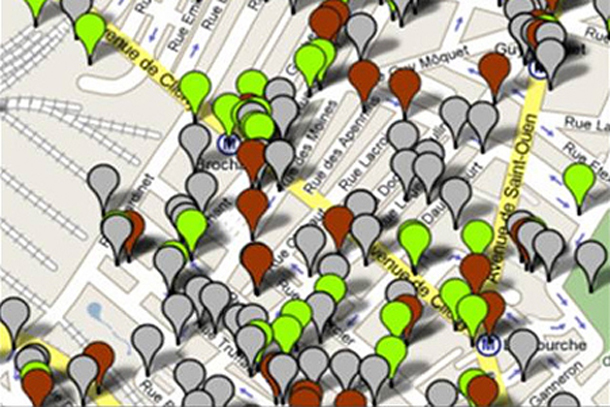 Artificial intelligence and its many developments are finding a new outlet by coming to the help of cultures which are lost or on the way to extinction.
Artificial intelligence and its many developments are finding a new outlet by coming to the help of cultures which are lost or on the way to extinction.
Under the aegis of the UNO, already the instigator the Ark of Spitzbergen (an international institution safeguarding biodiversity, which has the role of collecting the genetic heritage of all forms of life on the planet and saving it in digital format), a new ark has just been created, this time with a ethnographic purpose. For people of whom only a few songs or a completely fragmented vocabulary remain, this Virtual Ethnographic Field (VEF) represents a real hope for ensuring the safeguard and the perpetuation of this cultural and very varied material. Scientists have the responsibility of administering this “live” database by adding their latest archaeological and ethnographic discoveries.
The VEF is composed of a vast computer network which is connected to a very powerful simulator, located at the Ark of Spitsbergen. Our planet, the whole of its ecosystem and its biodiversity has been modelled on this simulator… Each computer connected to this model of the planet contains a cultural and ethnographic database called SEVA (Specialized Ethnic Virtual Agent). Like an extremely specialized ARI, the SEVA act and react within the virtual planet. Before “feeding” on data which relates to a particular people, the SEVA were programmed to react according to the most recent behavioural modelling of the human groups according to their size, their living environment, their technological level… thus becoming a typical example of human society, unspoiled by any influence. The SEVA, once it has integrated the ethnographic data of a particular human group, brings it to life and creates a virtual version of this group. From then on the ethnologists can observe their evolution animated by its artificial intelligence and instinct of survival. Nurturing its history, revealing its lost myths and legends, reciprocating its technology, its traditional tales and crafts… the scientist will even be able to walk in the virtual times of this modelled population, increasingly faithful to the original data commensurate with the real data introduced, and thus observing the past as well as the future of the Earth’s people.
Historians, just like other scientists, are asking to have access to the VEF to relive civilizations such as the Egypt of the Pharaohs, Hellenic Greece, and the pre-Columbian Incas ; civilizations from which there are no shortage of archaeological and ethnographic material. When will our modern civilization be modelled to visualize its destiny ?
Version anglaise de : 08/12/2058 : Peuplades virtuelles
© Olivier Parent – prospective.lecomptoir2.pro
Special thanks to map@leap2020.eu





 Ecko Magazine
Ecko Magazine 










